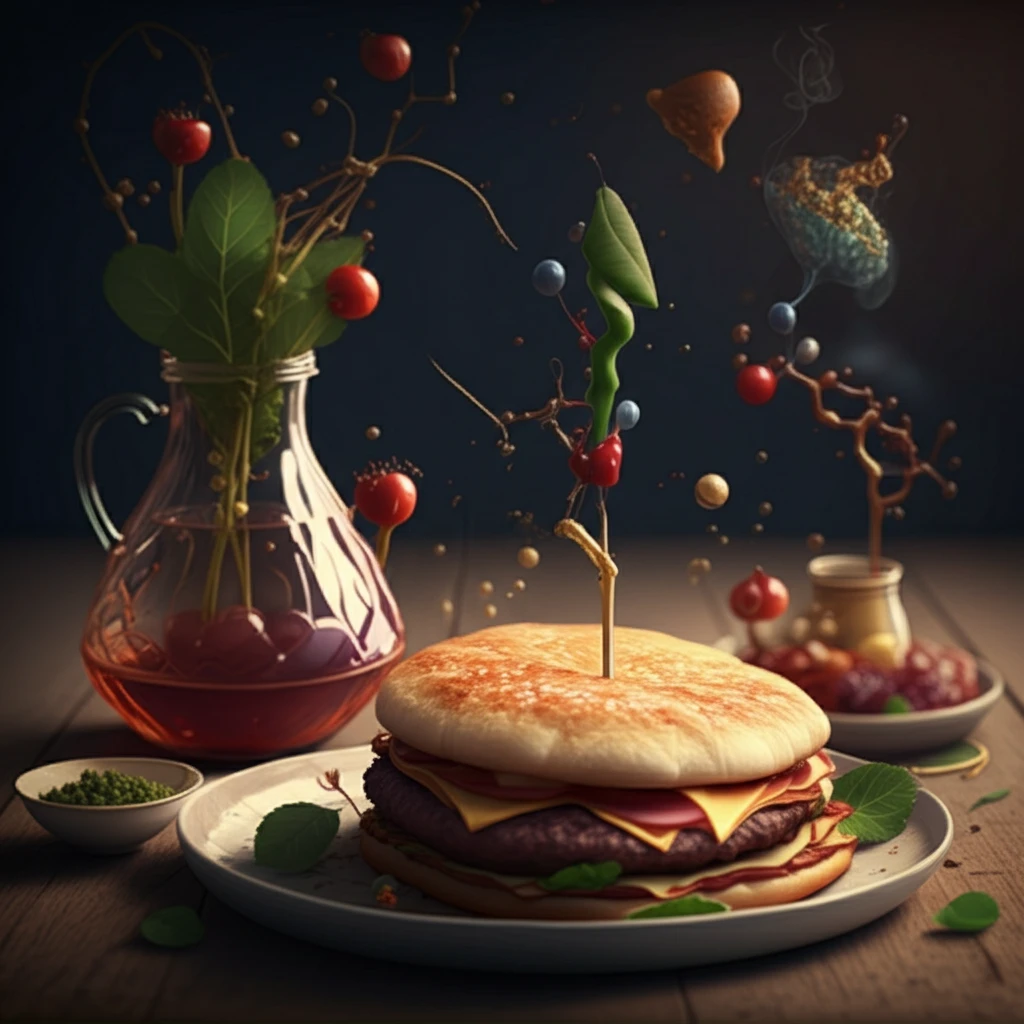
Unlocking the Secrets of Food Chemistry: How Cooking Transforms Our Meals
"Dive into the fascinating world of the Maillard reaction and discover how this chemical process impacts the flavor, color, and health aspects of your favorite foods."
The Maillard reaction (MR) is one of the most important chemical reactions in food processing. This process significantly influences the taste, color, and overall quality of countless dishes we enjoy daily. Understanding the Maillard reaction allows both home cooks and professional chefs to enhance flavors and textures in exciting new ways.
At its core, the Maillard reaction involves a complex series of chemical interactions between amino acids and reducing sugars, typically triggered by heat. This reaction begins with the condensation of a free amino group and a reducing sugar, leading to the creation of Amadori products. These initial compounds then undergo further degradation, resulting in a cascade of flavorful and aromatic substances.
Several factors can influence the Maillard reaction, including the types and concentrations of reactants, pH levels, duration of heating, temperature, and water activity. Water activity, in particular, plays a catalytic role by acting as either a proton donor or acceptor, thereby affecting the pathways that lead to the formation of both desirable flavors and potentially harmful compounds like acrylamide.
The Science Behind Flavor Development

The Maillard reaction is not just a single event but a series of complex chemical transformations. The initial step involves the combination of a reducing sugar (like glucose or fructose) with an amino acid. This generates a Schiff base, an intermediate compound that further evolves into Amadori products. As these products degrade, they produce a wide range of volatile organic compounds (VOCs) that contribute to the distinctive aromas and flavors we associate with cooked foods.
- Type of Sugar: Fructose and glucose tend to be more reactive than other sugars.
- Amino Acids: Asparagine is particularly important due to its role in acrylamide formation.
- Temperature: Higher temperatures generally accelerate the reaction.
- pH Levels: Affect the rate and pathways of the reaction.
Implications for Health and Food Quality
The Maillard reaction is a double-edged sword. While it is essential for creating the appealing flavors and colors in many foods, it also has the potential to generate harmful compounds. Ongoing research continues to explore ways to fine-tune food processing methods, leveraging the benefits of the Maillard reaction while minimizing its drawbacks. This includes exploring novel techniques and carefully controlling environmental factors to produce safer and more delicious food products.
